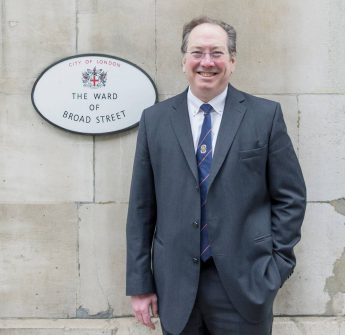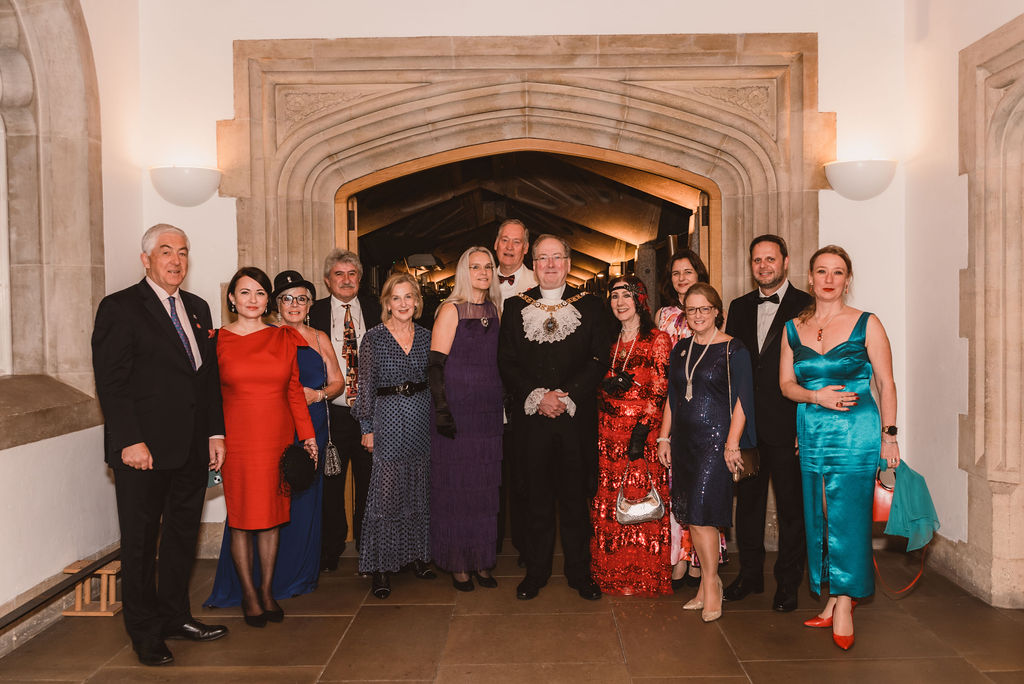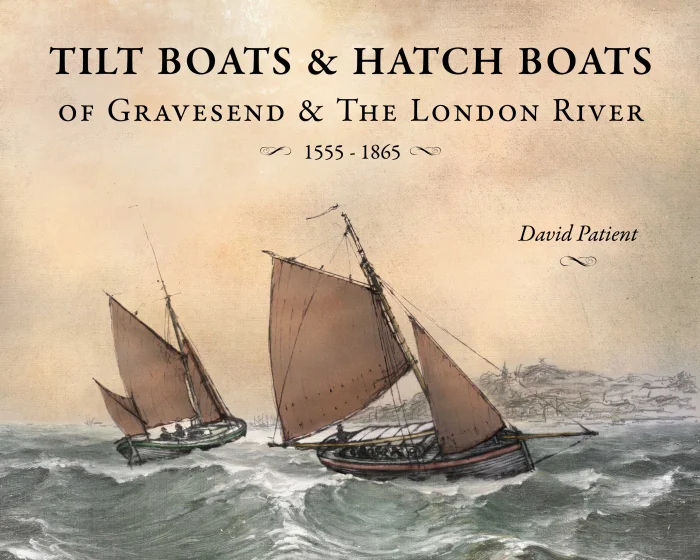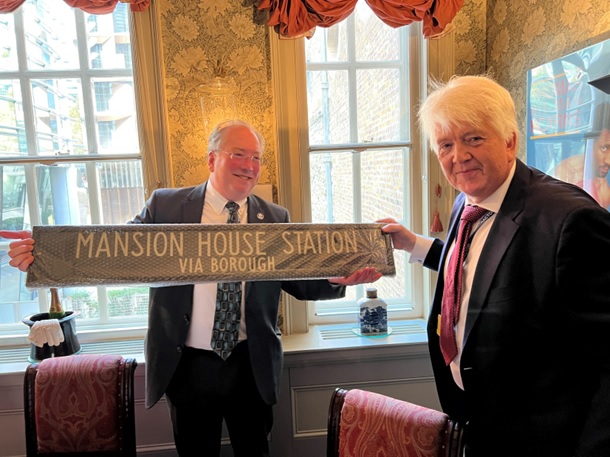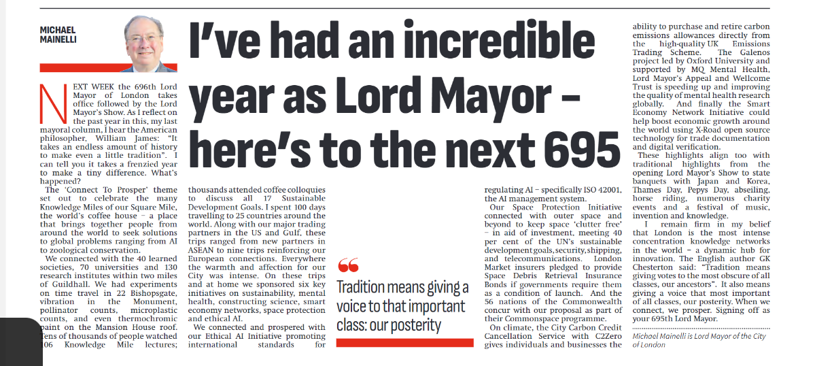We concluded our bi-monthly series of Mayor’s Progress reports with our final report card. Though any Lord Mayor wishes she or he could claim credit for creating jobs (all those dinners, speeches, promotional activity, videos, overseas visits, etc.), in fact, during this year as Lord Mayor, from November 2023 to November 2024, jobs in the City of London increased from 615,000 to 678,000 – yes, in just one year, an increase of over 10%!
Continue readingLord Mayor Of London #695 2023-2024
Lord Mayor’s Bulletin To The Livery – 7 November 2024
Grand Finale – What A Night!
Well, going out with a bang with some of our best friends, in particular The Committee!
Continue readingTilt Boats & Hatch Boats Of Gravesend & The London River 1555-1865
Wow! David Patient asked me to provide a foreword for his book on a pet topic of mine, commercial Thames boats, and I just received the finished product:
Continue readingDirections To Mansion Home
On 11 September 2023, the Spitfires Past Masters Association 2018 (my livery group from my time as Master World Trader 2017-2018) got together with me at The Walbrook Club. Here is Mark Grove handing me a thoughtful gift.
Continue readingArticle: Dressing up the past year – “I’ve had an incredible year as Lord Mayor – here’s to the next 695”
40 Remarkable Individuals Awarded Freedom Of The City Of London In Group Ceremony – Number 3
Leading figures from the business, finance, law, education, medicine, literature, and diversity and inclusion sectors have been awarded the Freedom of the City of London during a group ceremony, hosted by Lord Mayor Professor Michael Mainelli.
Continue readingThermochromic Paint At Mansion House
As part of this year’s experiments, here’s one we did at Mansion Home.
A long-term concern of mine has been the old building infrastructure of northern Europe. Our buildings are not made for cooling in summer. I’ve had a few ideas over the years, but had a chance this year to try one out, thermochromic paint. We could paint rooftops white, but that then leads to loss of heat when needed in winter. Why not have paint with a high albedo when hot and a low albedo when cool?
Continue readingLoopy About Ties
As is well-known, official City roles such as Lord Mayor and Sheriff involve a lot of dressing up, and down. Over the years, friends have realised about the only dressing up I don’t mind is putting on a Jerry Garcia tie. Yes, I am a Dead Head, a fan of the Grateful Dead, but also feel if I’m going to wear a tie I might as well like it so I have a small collection of eighteen or so. Requisite attire embraces a variety of official functions, largely in the following order of increasing formality:
Continue readingA Nation That Forgets Its Past Has No Future – A Nation That Forgets Its Weather Has No Friends
Aldermanbury Garden Rededication – Saturday, 26 October 2024
Continue reading